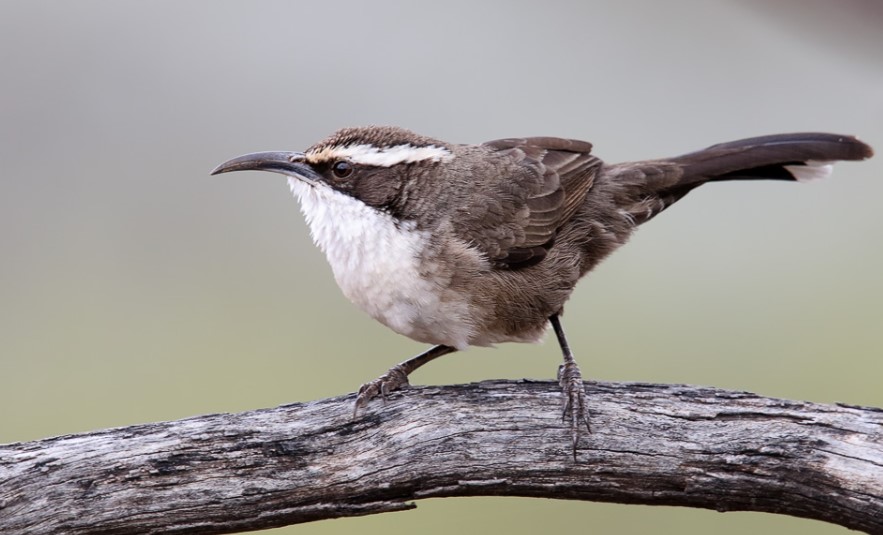Habitat: Grey partridge is the most widespread partridge in the European region, favoring flat or rolling open country, which it shares with red-legged partridge in Western Europe. Grey pasture is widespread and locally common, but sometimes scarce due to hunting pressures. Open cultivation, pasture, and steppes Usually in flat or rolling terrain, but locally even in mountain foothills.
Typically in coveys for most of the year, often feeding in the same fields as Red-legged Partridge where ranges overlap. Grey Partridge flushes with the explosion of wing beats at close range, whirring away and dropping out of sight. See also introduced Northern Bobwhite.
Identification: It is distinguished from other partridges in its range by being streaked, not unmarked. The upperparts are an orange face and throat, less strikingly barred flanks, and a dark belly patch (although the latter is often difficult to see).
In flight, it shows a rufous tail like the Alectoris partridges, but a dark belly patch and lack of black-bordered whitish throat allow for separation on all but the poorest views. A drab brownish juvenile has dark mottled upperparts and conspicuous pale shaft streaks over most of the body, unlike other partridges.
Small juveniles are confusable with Common Quail when flushed, but the latter shows relatively long and pointed, not bluntly rounded, wingtips and flies with much greater power (often for considerable distances). Beware also of the small juvenile Common Pheasant (but this has a wedge-shaped, pointed tail).

Sex/Age: The adult male is a little brighter overall, with a more conspicuous small red patch of bare skin behind the eye in spring. But the adult female is a little duller above, and the gray of her breast is tinged with buff. It also has a smaller, more diffuse dark chestnut horseshoe patch on the belly (in rare cases, none). The juvenile has already been described above.
Call: The advertising call of Grey Partridge male, given at all times of day and night, is distinctive and has been likened to the grating squeak of the rusty gate being opened: ‘kiERRR R-R-R-ik’. When flushed, it gives a rapid, squeaky, grating ‘kip… kip, kip-ip-ip-ip’ etc. as the bird explodes from cover.

Unusual Variants: A rare dark morph (‘montana’) has extensive dark chestnut on the underparts and rufous on the upperparts and can be quite confusing.
Races: As per geographical variation, there are slightly 8 races.
Other Name: The grey partridge (Perdix perdix) is also known as the gray-legged partridge, Hungarian partridge, English partridge, or hun.
Size: Grey Partridge’s average size is L 29–31 cm with a wing span of 45–48 cm. The average weight of grey partridge is 1.5 oz (45 g)
Family: This is a game bird in the pheasant family Phasianidae of the order Galliformes, gallinaceous birds.
Moult: A complete post-breeding molt is usually finished in November. However, the partial post-juvenile molt includes all feathers except the two outermost primaries, which are retained. Both types of age have a pre-breeding molt relating only to body feathers, so the outermost juvenile feathers are changed after the post-breeding molt.
Scientific Name: The scientific name is Latin for “partridge“, and is itself derived from the Ancient Greek perdix.







